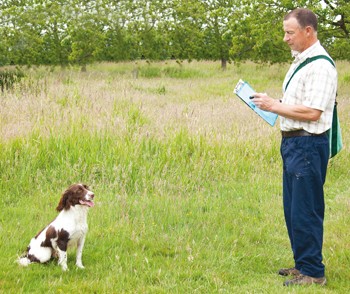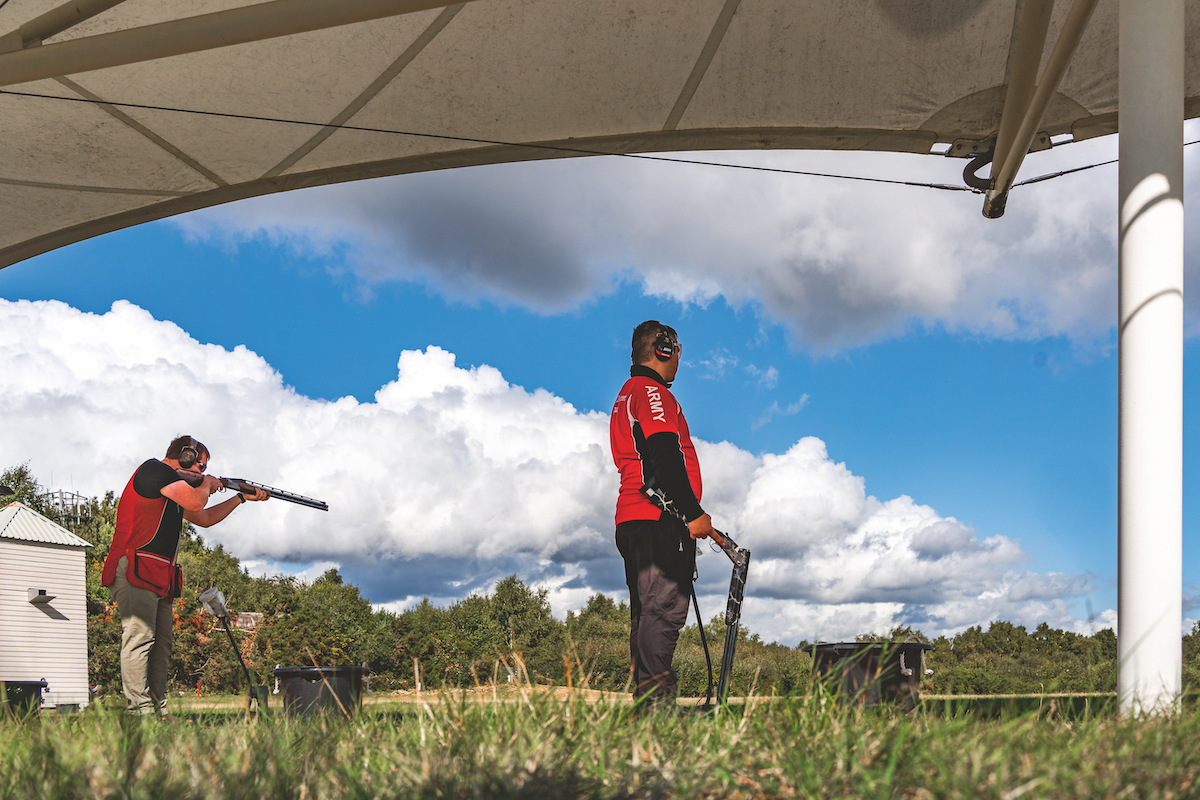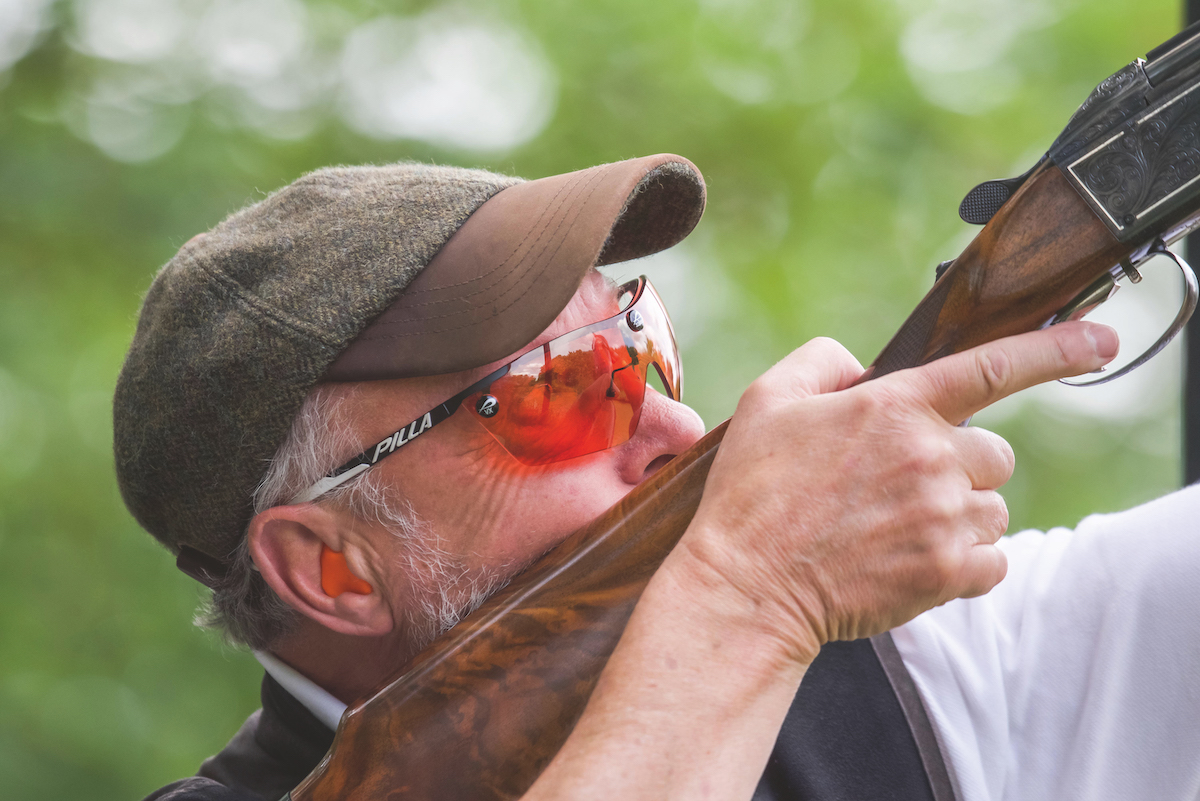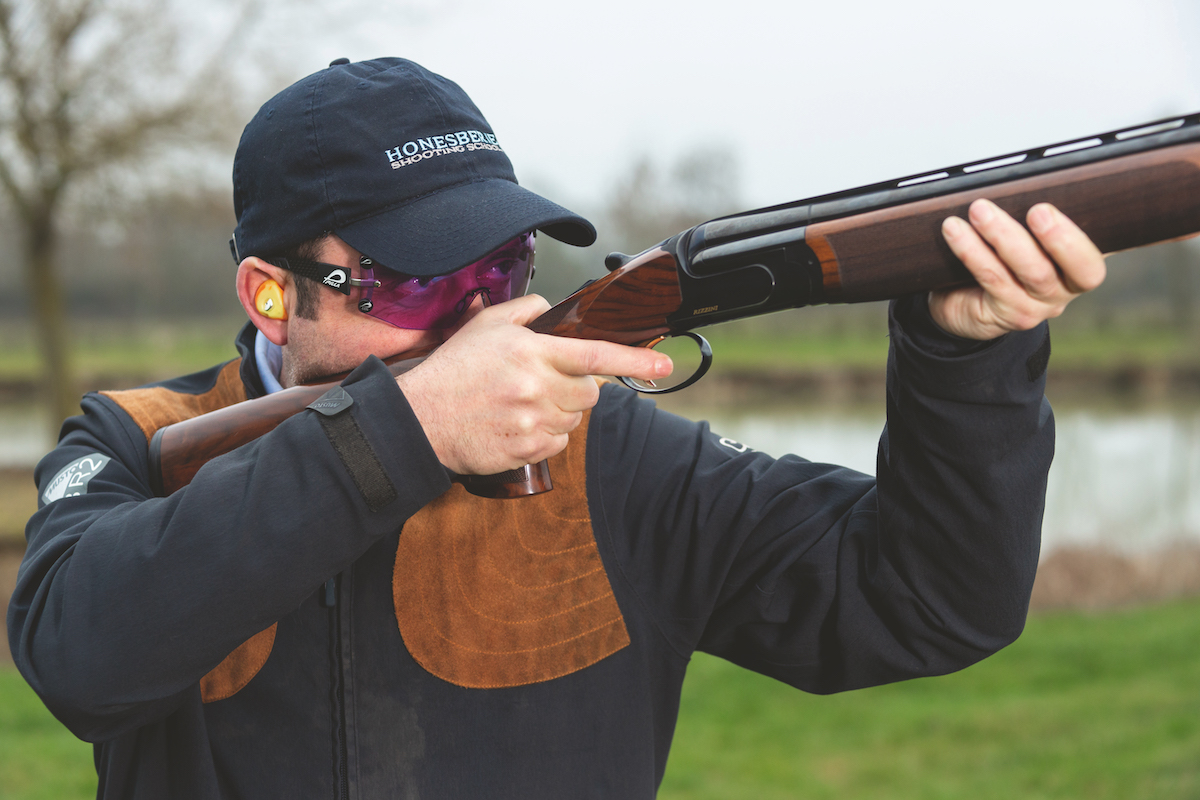Gundog training: How to assess your puppy

Life’s like that – things can change with time, and this includes a trained dog’s attitude to work in the field.
We might have a good idea as to how a young dog will turn out but if not, we have to cross those bridges when we get to them.
Right now though it’s important we know what sort of puppy we’re dealing with because only then can we shape its early training.
LITTLE SOFTIE
A puppy with a soft nature will tend to spend a lot of time squirming on the ground, rolling on its back, feet in the air.
Does yours behave this way? 
If so it’s important it fully understands what you are trying to get it to do – but without ever being forced to do it.
Tread carefully with a dog of this kind, especially if it has a stubborn streak because if it doesn’t do what you want it will just roll over, paws in air.
You must ensure this reaction doesn’t become a habit because if it does, later training will prove very difficult.
To avoid a stalemate situation you need a plan.
The first time the dog shows this tendency you should immediately think ‘how can I trick the dog into doing what I want it to do?’
A soft dog will tend to stick quite close, not wanting to put any distance between the two of you.
If, when you throw a retrieve, the dog does not find it almost instantly, a softer type will not persist in looking for the retrieve but tend to run back to you.
FIRM VOICE
A gruff tone to your commands or a raised voice is usually sufficient to stop a dog from what it is doing but you must tread carefully during the training otherwise you’ll upset the dog and risk denting its confidence.

Be careful when throwing retrieves into difficult situations and remember it’s always best to gradually build up to tricky retrieves by way of small steps, not all at once.
If you find the dog struggles to find a retrieve, don’t let it fail – simply throw another dummy in to where the dog is already searching.
Finding this second retrieve will help build its self-confidence. With a ‘soft’ spaniel I give it straightforward retrieves at a greater distance than I would normally do with this breed, again as a way of boosting confidence.
TUG OF WAR
Pulling on the lead is not always an indication of a hard dog, because a soft dog, if allowed to, will also pull and tug away to its heart’s content.

While it’s important to get a gentler dog walking nicely on a lead I would not insist on it walking rigidly to heel at this early stage as this might inhibit its hunting ability in the future.
The only thing for it if you’re out with a dog that shies away from something like a feed hopper or a crisp bag is to take charge of the situation immediately and walk up to the article, touch it, or, if it’s a piece of litter, pick it up to show the dog there’s nothing to be frightened of.
Do not try and reassure him by fussing him if he should shy away from anything because that will be taken as a reward for ‘kicking up’ and actually encourage this reaction.
A BOLD DOG
A bold dog is the sort that will hunt away from you and often not return when called so serious training can start considerably sooner than it would with a gentler animal.

Great care though should be taken not to encourage or allow the dog to hunt any more than ten yards from you.
With this type of dog the tendency will be for it to go further and you should be prepared to enforce your will on the dog to make it stay close.
You can also encourage the dog to hunt close by dropping retrieves (without the dog seeing) alongside then calling him back to hunt and find them next to you.
This simple little exercise gets across the message that the best goodies are to be found near you, not way off in the distance.
FOOLING AROUND
Another sign that you’ve got a bolder type of dog on your hands is when it picks a retrieve, runs around with it and is reluctant to deliver it to hand.
In short, he doesn’t want to give up his prize. 
Does your dog constantly jump up at you?
Placing his paws on you can sometimes be an indication that the dog is trying to dominate you. Care should be taken when correcting this though, as you can sometimes cause a problem for delivering the retrieve later on.
When you throw a retrieve into cover a bold dog will persist until he finds it. Let him get on with it because it will allow the dog to develop his nose and natural hunting instinct.
These retrieves should be kept fairly close though, as we don’t want to teach the dog that things to find are always at a distance into cover.
HANDS ON
Your tone of voice does not have the same effect on a bold dog. For example, when he is hunting you could use a gruff voice and he may well ignore it and carry on hunting.

The best way to get this dog’s attention is to rush over and impose yourself on him – either by simply touching him or grabbing him by the scruff of the neck.
A bold dog will run over to other people and other dogs to greet them.
Again, this must be avoided, as this soon becomes a habit and can become a serious problem at a later date.








